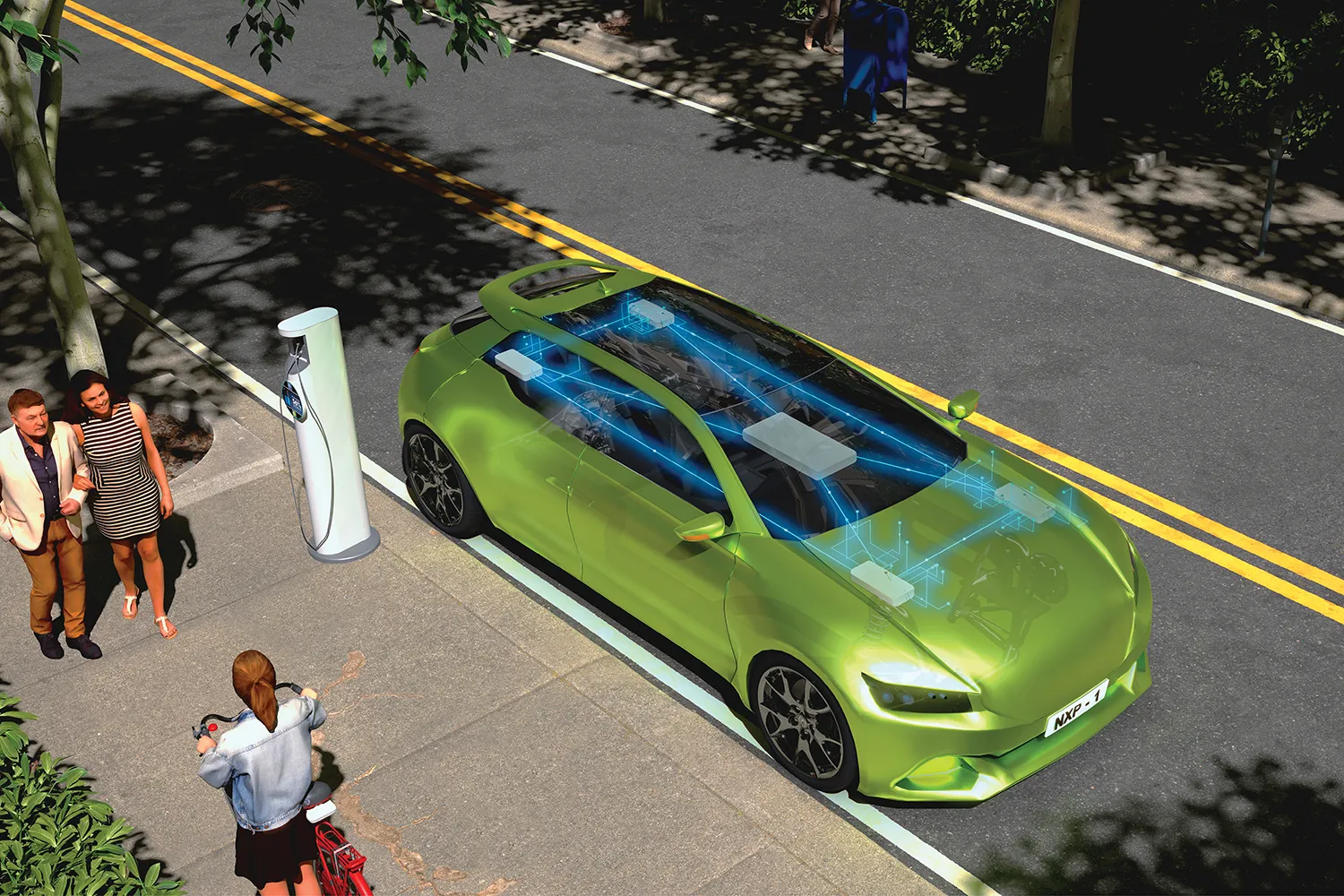Teledyne e2v says its Emerald 2M sensor helps to lower the cost of a full HD camera system as it is compatible with low-cost 1/3” optics. The CMOS image sensor is optimised for machine vision applications and includes 5° chief ray angle compensation, the company adds. According to Teledyne, Emerald 2M’s global shutter and MIPI CSI-2 interface allow it to utilise image signal processors available for mobile applications. The sensor comes with digital functionalities such as multi region of interest, subs
October 25, 2018
Read time: 1 min
Teledyne e2v says its Emerald 2M sensor helps to lower the cost of a full HD camera system as it is compatible with low-cost 1/3” optics.
The CMOS image sensor is optimised for machine vision applications and includes 5° chief ray angle compensation, the company adds.
According to Teledyne, Emerald 2M’s global shutter and MIPI CSI-2 interface allow it to utilise image signal processors available for mobile applications.
The sensor comes with digital functionalities such as multi region of interest, subsampling, auto exposure at first frame, single frame high dynamic range and on-chip statistics to help reduce processor load.









